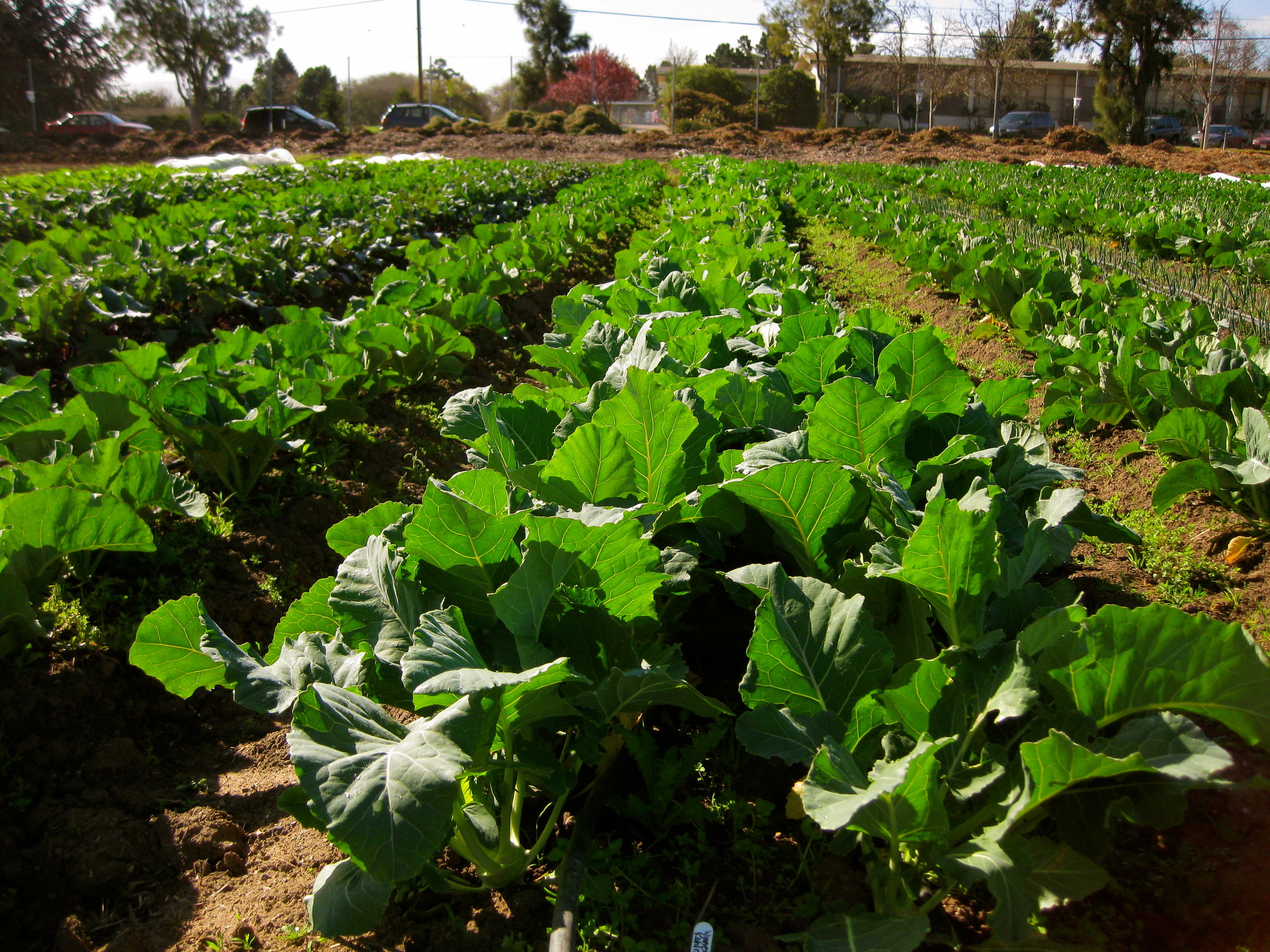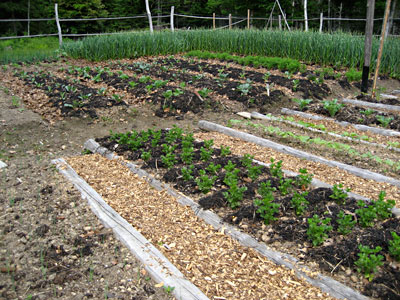Organic and Sustainable Practices for Homestead Gardening
Organic and Sustainable Practices for Homestead Gardening
Blog Article
Learn Just How to Grow a Prospering Gardening Atmosphere for All Ability Levels
Developing a flourishing garden is a diverse venture that can be accepted by individuals at any type of ability level. By checking out key components such as soil health, proper plant option, and seasonal care routines, one can establish a sustainable gardening practice that yields enjoyable outcomes. Comprehending exactly how to assess and enhance your yard space lays the structure for success. The details of applying these concepts often present challenges that can prevent also the most enthusiastic newbie. What methods can be employed to overcome these challenges and cultivate a truly successful atmosphere?
Comprehending Your Garden Room
In the realm of horticulture, understanding your yard space is paramount to growing a growing landscape (Homestead Gardening). The initial step in this venture involves evaluating the certain characteristics of your plot. Elements such as soil composition, sunlight direct exposure, and drainage play crucial functions in identifying the suitability of your yard for various sorts of plants
Begin by performing a soil examination to evaluate pH levels and nutrient web content, which will certainly notify any necessary changes. Additionally, observe exactly how much sunlight your room receives throughout the day. Different plants have differing light needs; some prosper in full sun, while others prefer complete or partial shade.

Finally, examine the offered space and plan as necessary. This includes thinking about plant heights and infected ensure adequate space for growth without congestion. By gaining a comprehensive understanding of your garden space, you set the foundation for a successful horticulture experience.
Picking the Right Plant Kingdoms
Picking the right plants for your yard calls for careful consideration of various variables, including climate, dirt conditions, and individual choices. Beginning by evaluating your local environment, as specific plants grow specifically temperature level arrays and weather condition patterns. For example, exotic plants might not make it through in chillier regions, while sturdy perennials can endure extreme winter seasons.

Consider your individual preferences, including aesthetic appeal and upkeep levels. Decide whether you favor vivid blossoms, lush foliage, or edible plants. Furthermore, aspect in the time and initiative you agree to buy plant treatment, as some varieties require more focus than others.
Lastly, think of the garden's layout and light exposure. Sunshine patterns throughout the day will certainly affect your choices-- some plants require full sun, while others prosper in color. By attentively analyzing these elements, you can develop a harmonious and productive yard tailored to your setting and tastes.
Vital Horticulture Devices
A well-equipped gardener can dramatically improve their horticulture experience and end results. Essential horticulture tools are fundamental to cultivating an effective yard, no matter of ability level. A durable spade is invaluable for excavating and turning soil, while a trowel allows for precise planting and hair transplanting of smaller sized plants.
Pruning shears are essential for maintaining plant wellness by removing thick or dead branches, promoting much better air circulation and growth. Additionally, a hand rake is helpful for clearing particles and freshening the soil, making sure ideal conditions for plant origins.
Gardening gloves shield hands from blisters, chemicals, and thorns, making them an essential device. A Check Out Your URL watering can or hose with an adjustable nozzle ensures that plants obtain adequate moisture without overwatering.
Lastly, take into consideration buying a tough wheelbarrow for carrying dirt, plants, and tools around the garden effectively. By assembling a high quality toolkit that includes these vital products, garden enthusiasts can deal with different jobs with confidence and ease, leading the way for a growing this contact form horticulture setting. Remember, the right devices not just improve performance but additionally improve the general satisfaction of the horticulture procedure.
Dirt Preparation and Upkeep
Quality soil is the foundation of an effective yard, making correct prep work and maintenance important for healthy plant development. Based on the test results, modifications can be made to optimize dirt conditions for particular plant requirements.
Including raw material, such as compost or well-rotted manure, is essential for enhancing dirt framework and fertility. This not just enhances vitamins and mineral accessibility but also advertises beneficial microbial activity. Additionally, correct drainage is important; hefty clay dirts might require the addition of sand or perlite to boost aeration.
Regular upkeep of soil health includes mulching, which conserves dampness and subdues weeds. Rotating crops annually aids stop nutrient deficiency and decreases bug and illness dangers. It is additionally vital to stay clear of over-tilling, which can interrupt dirt structure and injury helpful organisms.
Ultimately, a consistent commitment to dirt preparation and upkeep will bring about a prospering yard, ensuring that plants obtain the crucial nutrients they require for durable development and efficiency.
Seasonal Treatment and Monitoring

In spring, concentrate on planting new seeds and plants, while likewise carrying out soil examinations to modify nutrient shortages. Consistently look for conditions and pests, as these can multiply with the warming climate. Summer demands regular watering and mulching to retain find out here now dampness, together with pruning for much better air flow.
As autumn approaches, it's time to prepare the yard for inactivity. This consists of harvesting plants, cleaning up particles, and using a layer of mulch to safeguard plant origins from frost. Take into consideration planting cover plants to improve the soil during the winter months.
Last but not least, winter season treatment is crucial. Evaluate structures like greenhouses for damage and guarantee correct insulation for delicate plants. Routinely keep an eye on for insects that may look for refuge inside. By adjusting your horticulture methods to the seasonal cycles, you can foster a growing environment that supports plant health year-round.
Conclusion
To conclude, cultivating a successful yard requires an extensive understanding of important concepts such as soil structure, sunshine exposure, and ideal plant option. Executing reliable dirt preparation and upkeep methods, in addition to utilizing the right devices, cultivates an ideal expanding atmosphere. Normal seasonal treatment and administration methods better boost plant wellness and efficiency. By adhering to these foundational guidelines, individuals in all skill levels can achieve a prospering garden that adds to both visual satisfaction and ecological sustainability.
Selecting the right plants for your yard calls for mindful factor to consider of numerous variables, consisting of climate, soil conditions, and individual preferences. Conduct a soil examination to determine pH levels and nutrient web content, which will assist you in choosing plants that will certainly grow in your garden.Last but not least, consider spending in a tough wheelbarrow for moving dirt, plants, and devices around the garden efficiently.Quality soil is the structure of an effective yard, making appropriate prep work and maintenance important for healthy and balanced plant growth. Homestead Gardening.In final thought, cultivating a successful yard requires an extensive understanding of essential concepts such as soil make-up, sunlight exposure, and ideal plant selection
Report this page